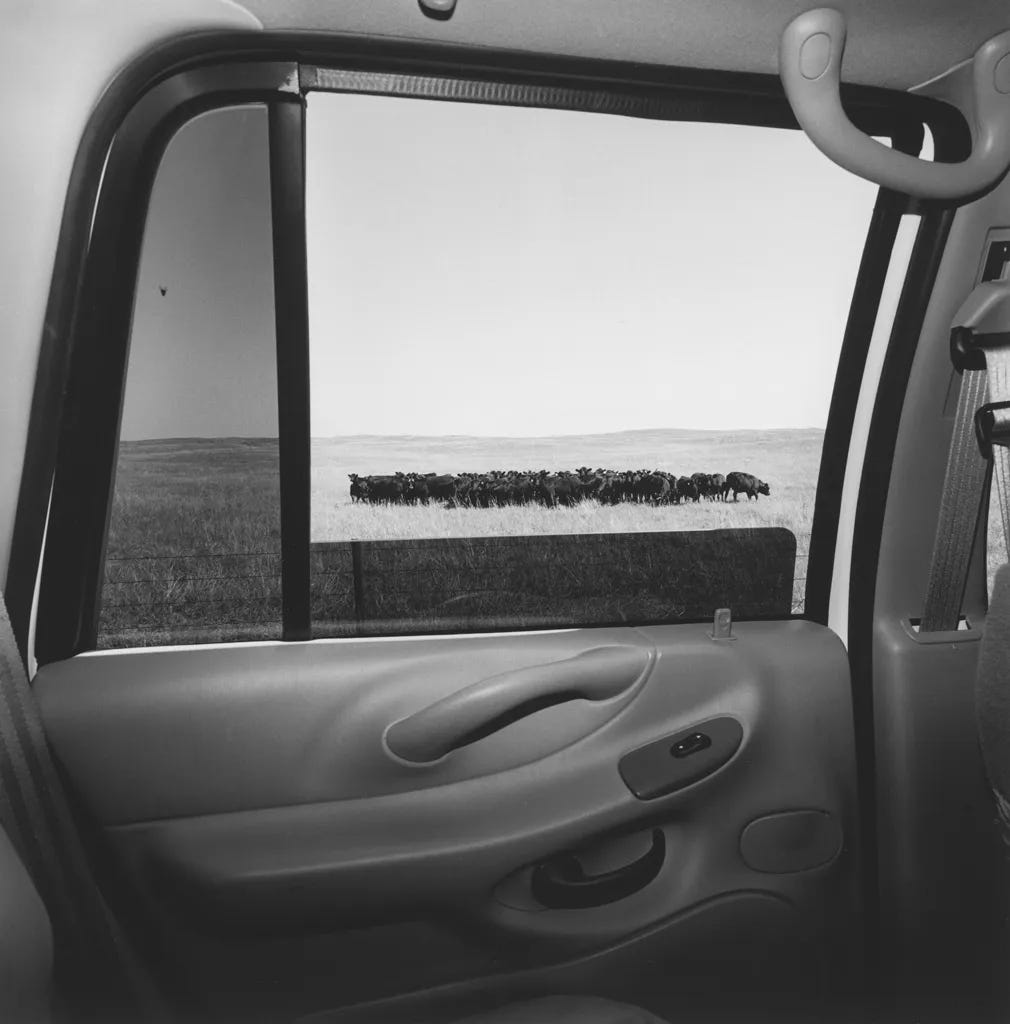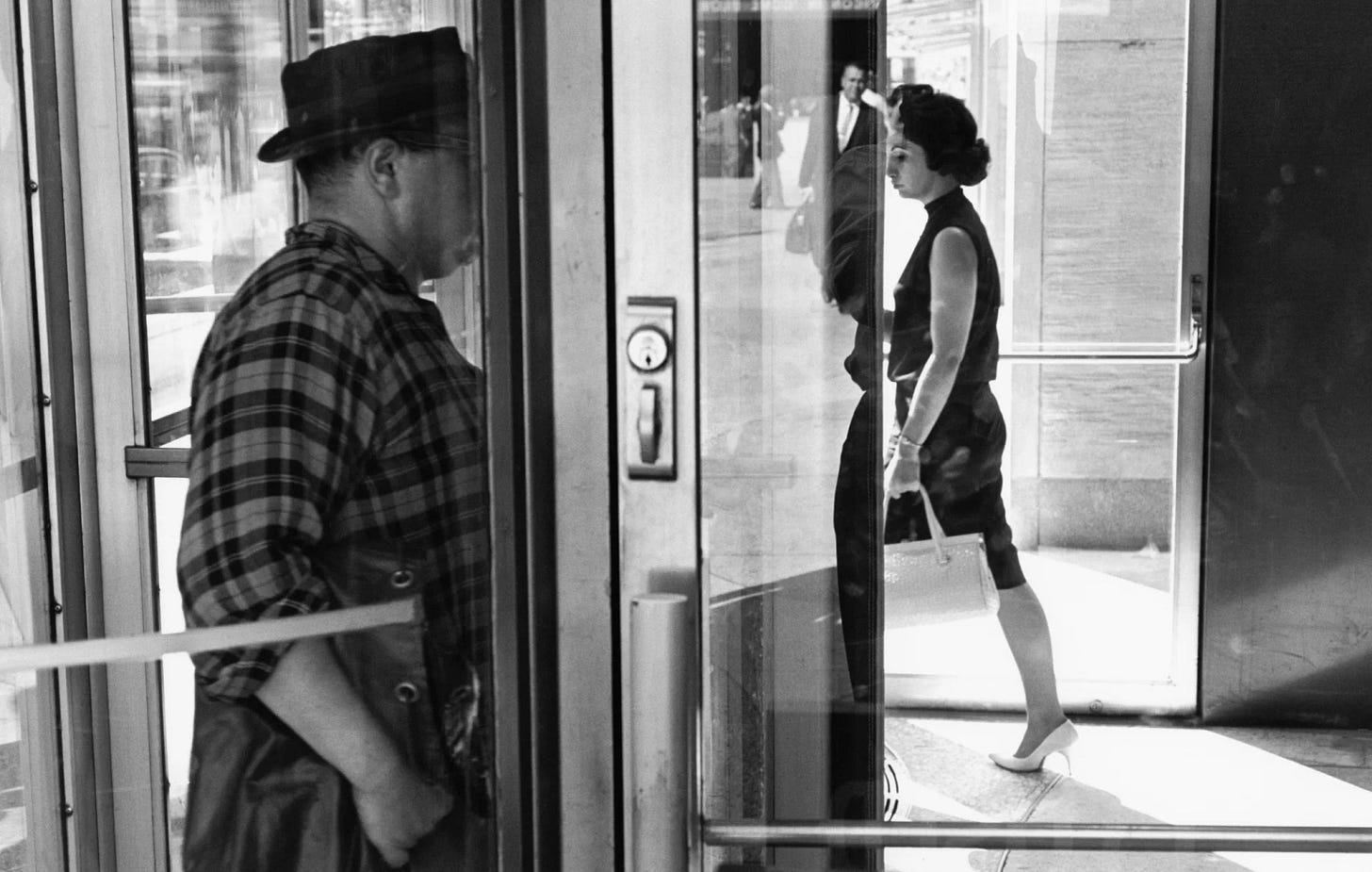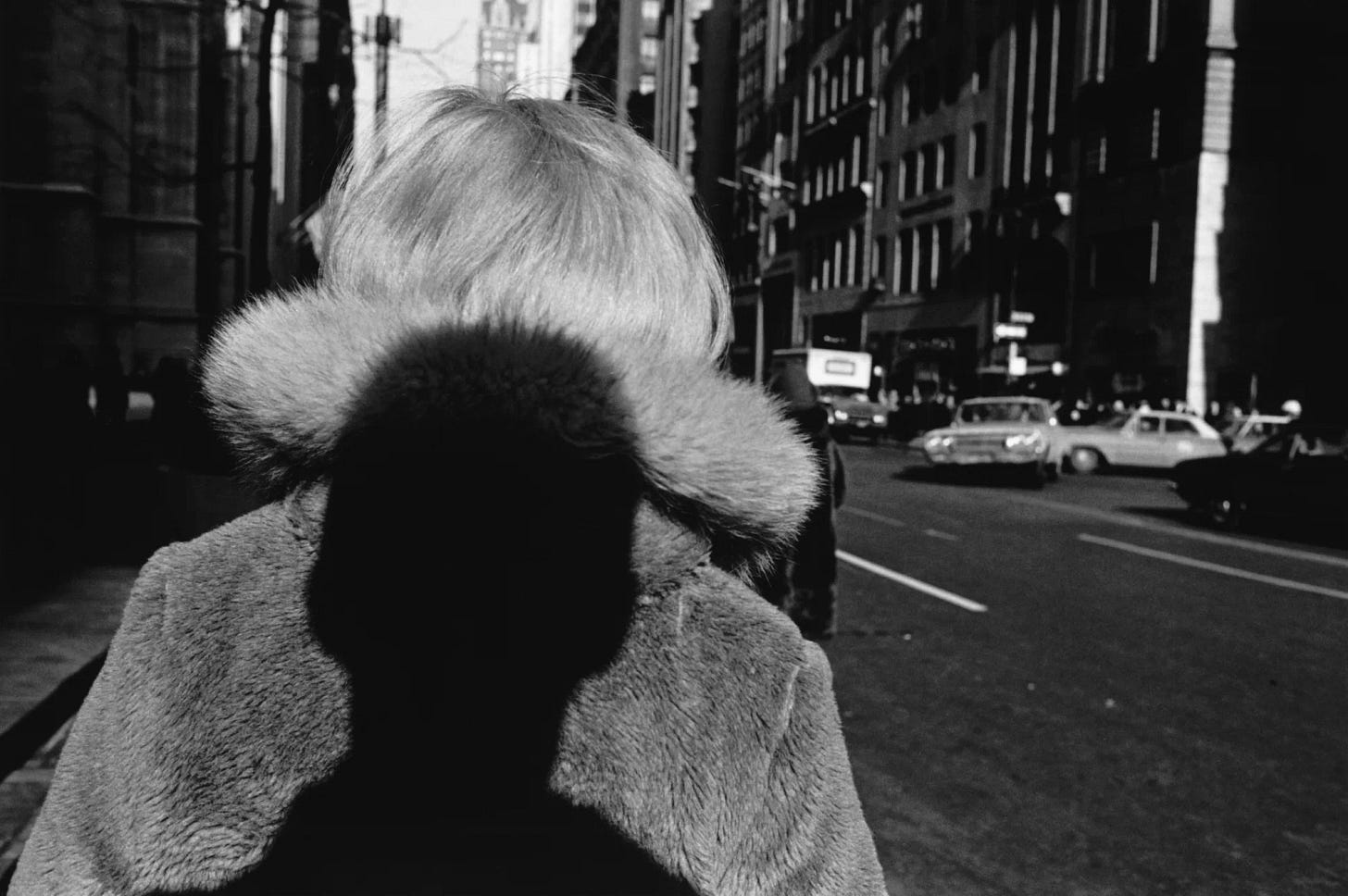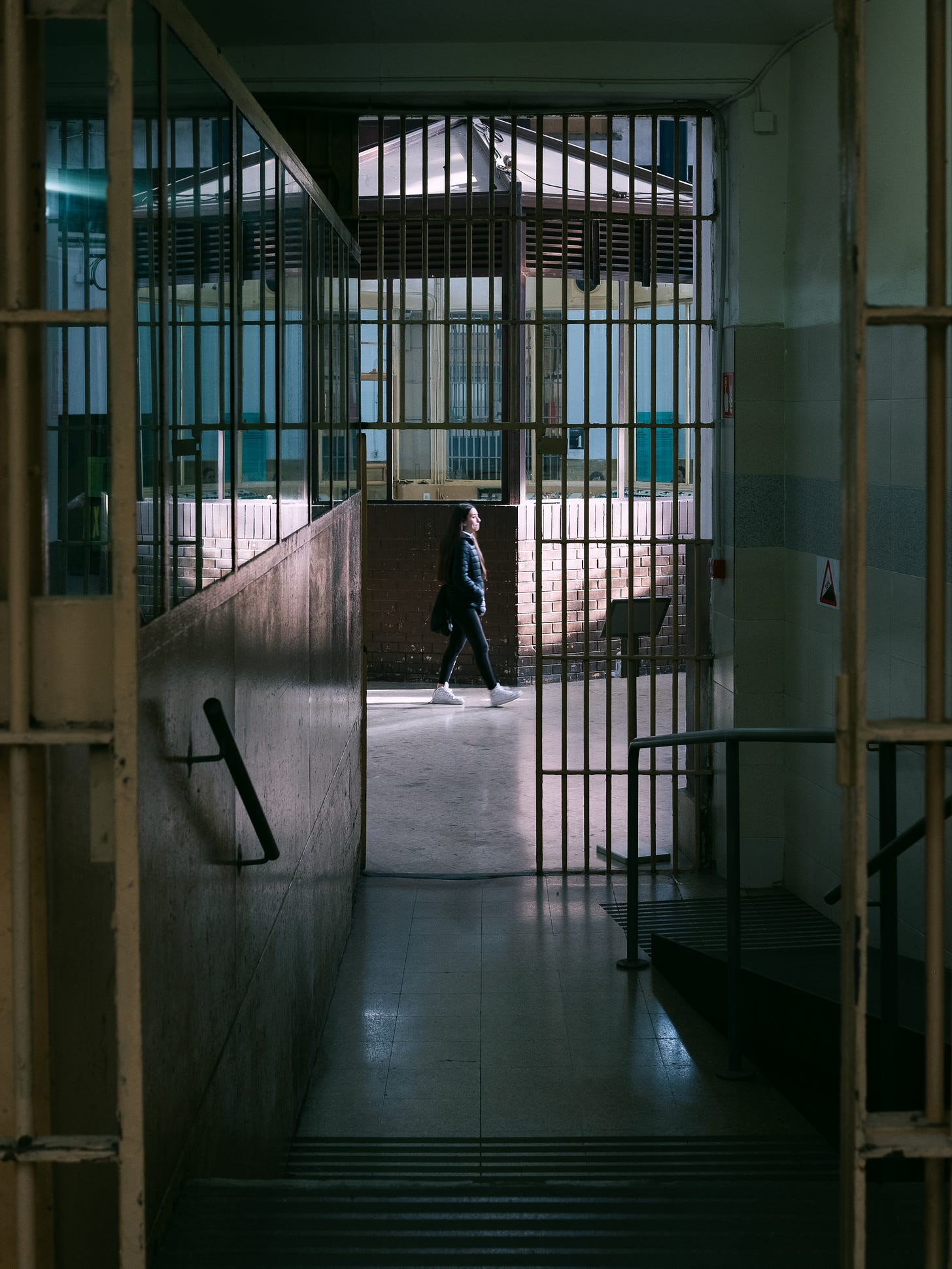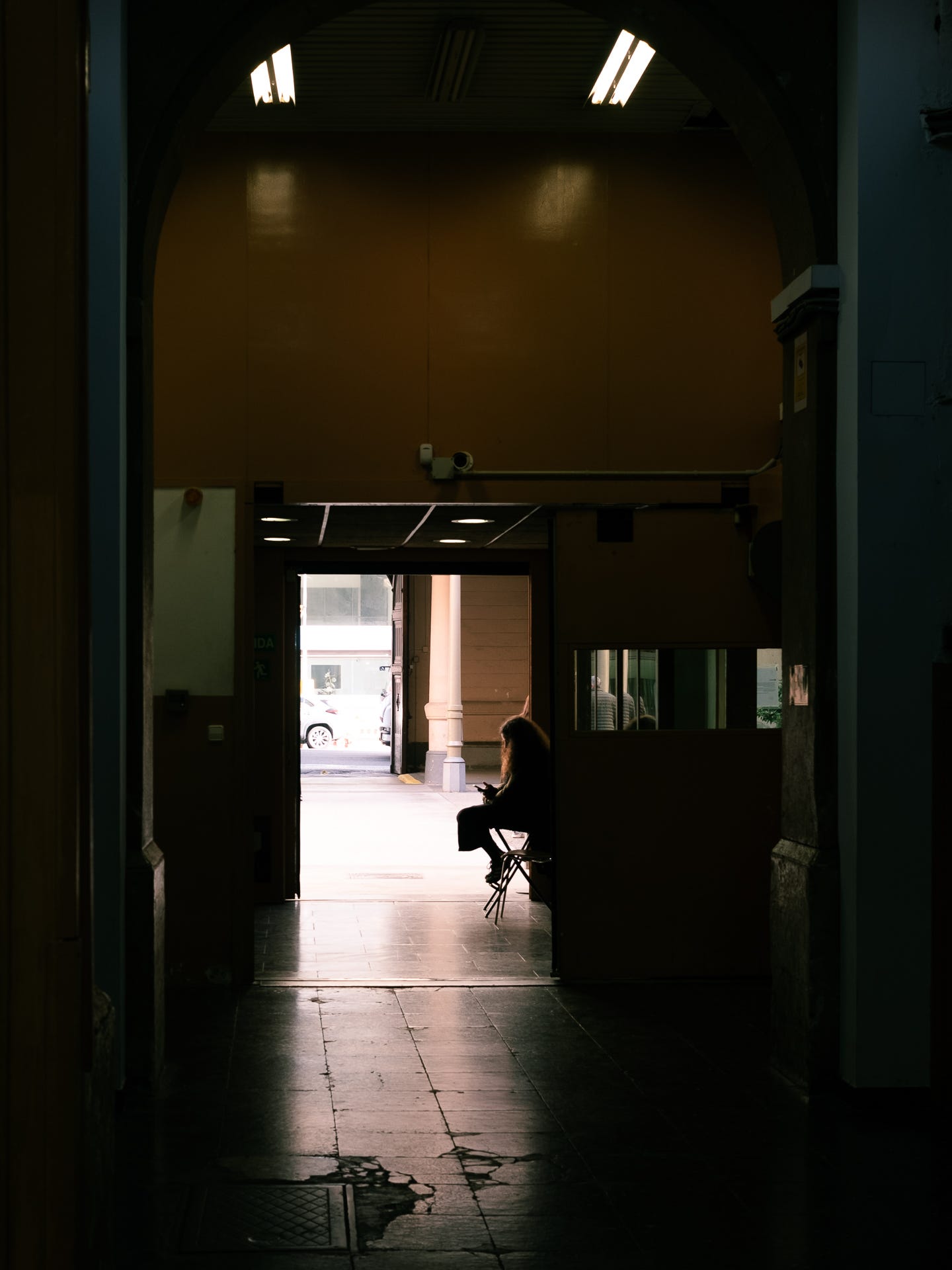Practice the fundamentals: on framing and Lee Friedlander
The first issue of the practice the fundamentals series exploring framing in photography, and a short prison story
Last post, I wrote about creating an approach for myself to practice photography in the same way as a musician practice their instruments (here, if you missed it). In this method, I explore different photography techniques and try them out for a set period of time. This is the first issue exploring framing techniques.
The recipe is simple:
Define the technique
Find inspiration from someone who does it well (in photography or other visual arts)
Apply it
Define the technique: frames
Framing, sometimes called frame within a frame, is the use of elements in the environment to create a frame around your subject. The frame can be of any shape and serves to bring the viewer’s attention more towards the subject.
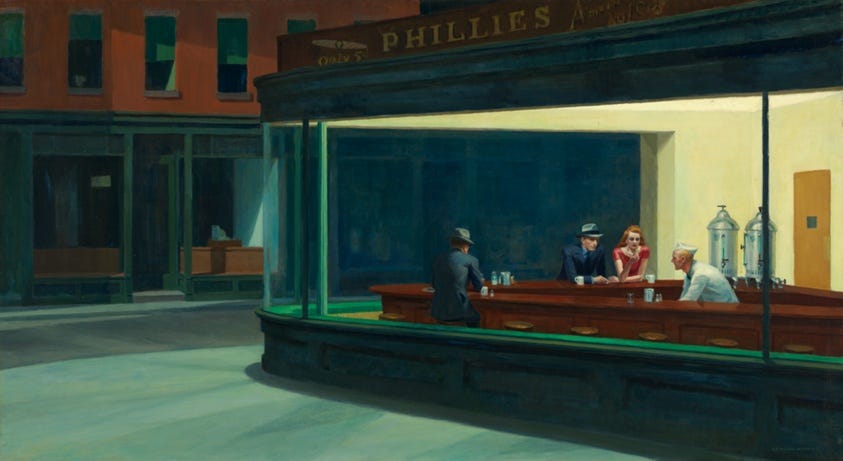
Find inspiration: Lee Friedlander
The most obvious use of frames is putting a window around your subject. When I was thinking about finding inspiration for this technique, I thought about Lee Friedlander’s America by Car. In this project Friedlander, you guessed it, travels around America by car and takes photographers. The photos are taken from inside the car, making the windows an obvious frame. As I looked at more photographers of Friedlander, I found more and more use of frames.
Born in 1934, Lee Friedlander is an American photographer whose work captures the essence of everyday urban life in the 60’s and 70’s. He started his career shooting portraits of jazz musicians for album covers, and later focused on urban landscapes and documenting American life. His work captures candid moments of daily routines in a compelling way. His compositions are often complex with many layers of depth and visual interest. In particular, you can find store fronts and reflections in his street work.
His project, The Little Screens, which captures TV screens in anonymous spaces also makes use of an obvious frame: the screens. For me, his use of frames in street photography is the most fascinating.
Side note: I discovered his series, The People’s Picture, while writing this and it reminded me of my own series of photos of people taking photos. Of course, different times…
Apply it: prison frames
Frames were counterintuitive to me for a long time. If I am at the window and want to photograph outside of it, my instinct is to get closer to the window so that it doesn’t show in the photo. Frames are meant to put more focus on the subject of the photo, but it felt like including the window would add more distraction.
Anyway, if you have access to a prison, your framing practice is much easier. On a Saturday morning photo walk to practice framing, I stumbled into La Model prison in Barcelona. It’s a bizarre feeling visiting a prison.
The prison closed its doors in 2017 after 113 years in service. Today, it’s regarded as a symbol of repression in Barcelona’s history because it housed many political prisoners. Among them, educationalist and founder of the Escuela Moderna movement, Francisco Ferrer. Ferrer established the Escuela Moderna in Barcelona in 1901, a school that focused on rationalist and secular education. The school aimed to avoid dogma and prioritized practical experience over theory: it encouraged first-hand experience from field trips over reading.
Ferrer was arrested in 1909 accused on instigating riots and executed that same year. Facing the firing squad, he said: “Long live the Escuela Moderna!”.
In 2017, a school opened its doors on the old grounds of the prison. Children are now taught where the founder of the Escuela Moderna was sentenced to death. A turn of events reminiscent of Victor Hugo: "He who opens a school door, closes a prison.” You can read the long full story here.
Anyway, that was a side note. The takeaway: go to school, practice your framing, stay out of prison.
Next time, we’ll explore reflections.



